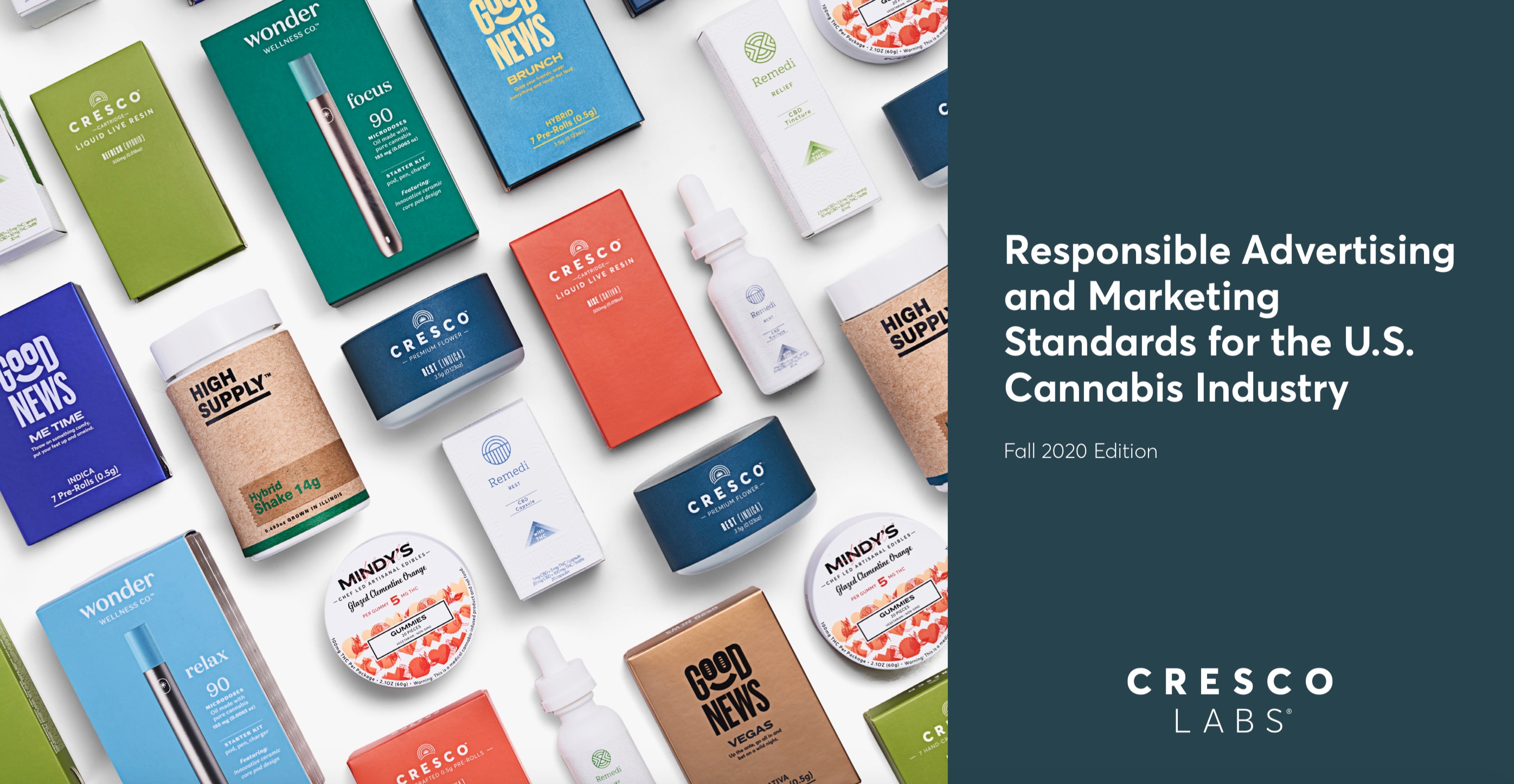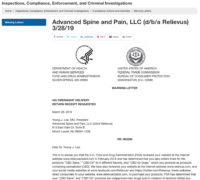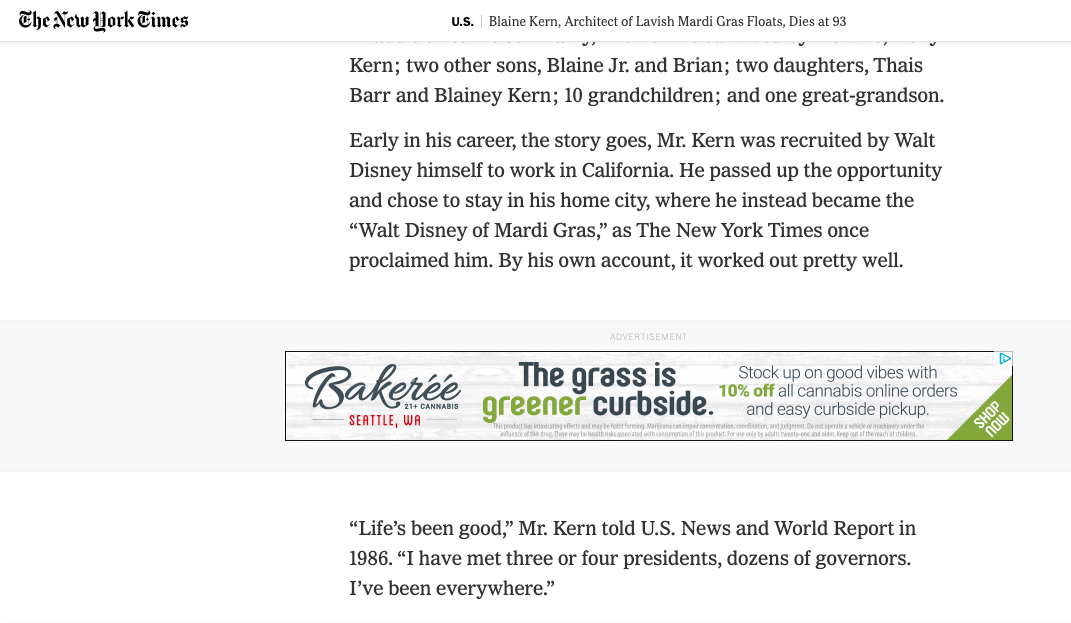You generate the product, you should benefit from it too.
If you are not paying for the service, you are the product. This pithy phrase is often heard in discussions about social media’s use of personal information and user-generated content. The idea can be traced back to a 1973 short film that critiques television’s impact on culture and politics. Although about television, the quote, “you are the end product delivered en masse to the advertiser,” still rings true when talking about major online corporations.
We have all seen it with big corporations. In the first three months of 2021, of Facebook’s $26.2B revenue, a whopping $25.4B was from advertising sales. However, the space for an advertisement to be delivered en masse to the public is not the only thing purchased from Facebook. Access to personal information such as your search history, likes and posts are also purchased by companies to determine which advertisements they should target you with.Access to user-generated data by advertisers has sparked privacy and ownership concerns regarding large internet platforms. The idea of being surveilled all the time is uncomfortable, and many large corporations like Facebook have royalty-free and transferable licenses to your posts.
 Similarly, many websites in the cannabis industry gain value from information submitted by consumers. As an example, the website Leafly provides over 1.3 million consumer product reviews that are often used for purchasing decisions. These reviews play a role in attracting more people to websites that operate with a similar system to Leafly, and in turn advertising space to reach those people is sold. According to their About page, more than 4.5 million orders for advertising space are placed with businesses on Leafly each year, generating annually about $460 million in gross merchandise value. So, the users work for free to attract an audience to these websites for the advertisers, and the websites make money from advertisers.
Similarly, many websites in the cannabis industry gain value from information submitted by consumers. As an example, the website Leafly provides over 1.3 million consumer product reviews that are often used for purchasing decisions. These reviews play a role in attracting more people to websites that operate with a similar system to Leafly, and in turn advertising space to reach those people is sold. According to their About page, more than 4.5 million orders for advertising space are placed with businesses on Leafly each year, generating annually about $460 million in gross merchandise value. So, the users work for free to attract an audience to these websites for the advertisers, and the websites make money from advertisers.
Can we empower users with ownership of their content, data and participation in profits?
Frustrated social media users exclaiming “We are the product!” does nothing to change our reality. It is unlikely we will change how big corporations like Facebook work, but can we ensure users receive some of the benefits in our own cannabis industry? Many of these websites, especially those for medicinal cannabis, are designed to genuinely help users. Can we further increase this feeling of having a transaction with the websites rather than feel like we are being sold to advertisers? The world of NFTs may offer some guidance.
An NFT (or non-fungible token) acts as a digital certificate of authenticity. Unlike cryptocurrencies (like Bitcoin), each NFT is unique, so it cannot be exchanged or multiplied. They are kept on a blockchain system, which is a growing list of computationally secure ledgers. The blockchain allows proof of ownership to be established for the person with the NFT, and prevents others from being able to tamper with or claim ownership of the artwork, game, tweet or cat picture it is assigned to. Although non-exchangeable, NFTs can be traded on a digital marketplace, like how a physical piece of art can be auctioned.
 While NFTs and cryptocurrencies are certainly not without controversy and flaws, an NFT-like system that provides users with proof of ownership for their data and grants them control over what is done with it may be the way of the future for websites in the cannabis industry. Just like Facebook, when it comes to sales, online display advertisements are some of the top revenue generators for websites in the cannabis industry that utilize user-generated content. With an NFT-like system, users could be granted a royalty for their content, which would obligate websites to give a portion of their profits to the users when their content is sold to an advertiser. Users may be able to have a portfolio of their generated content, have some control over who can access their content and who their personal data can be sold to.
While NFTs and cryptocurrencies are certainly not without controversy and flaws, an NFT-like system that provides users with proof of ownership for their data and grants them control over what is done with it may be the way of the future for websites in the cannabis industry. Just like Facebook, when it comes to sales, online display advertisements are some of the top revenue generators for websites in the cannabis industry that utilize user-generated content. With an NFT-like system, users could be granted a royalty for their content, which would obligate websites to give a portion of their profits to the users when their content is sold to an advertiser. Users may be able to have a portfolio of their generated content, have some control over who can access their content and who their personal data can be sold to.
Websites that are more focused on cannabis for medicinal use often pride themselves on being more patient-focused and professional – no pothead puns or crass logos. An NFT-like system might be especially beneficial for these companies, as it would further increase the emphasis of trust and respect for users. In this case, an NFT-like system could be used to assign ownership of reviews to individual website users. Since these reviews attract new people to these websites, when access to a user’s data is sold to advertisement companies, then a portion of that revenue is given to the people who created the reviews. The estimated amount of revenue that reviewers help to bring into the company can be calculated and distributed accordingly. While this may seem like it would cause a significant loss of revenue for the websites, the increased trust that would come with this system would likely promote more users, generating an overall increase in revenue and credibility. Users could become more engaged and spend more time writing reviews, increasing web traffic considerably. Advertisers would be more attracted to the larger audience and the prestige of having their advertisement on a well-respected site.
An NFT-like system could hold large internet corporations accountable.
The new normal is corporations on the internet making money from the content created by users. In return, users receive none of the monetary benefits and have their personal information shared with hundreds of businesses. An NFT-like system, although theoretical, may be able to empower users to hold large corporations accountable for what is done with user-generated data. It is unlikely we can change big companies like Facebook, but if adopted early, this may be plausible in our cannabis industry. This in turn may not only give more ownership to the website users, but could also benefit the websites, and the advertisers. Overall, the product should be the website and the services it provides. An NFT-like system might help promote this and could make users who generate value for the website partners in business.





















